In recent years, extreme weather phenomena with high levels and intensity such as prolonged heat waves, drought, salinity, rain, and widespread flooding have occurred more and more frequently. According to the National Center for Hydro-Meteorological Forecasting, the ENSO phenomenon under La Nina conditions may only exist for the first few months of 2025, after which the ENSO phenomenon will transition to a neutral state.
In Vinh Long, the weather has also changed. Vinh Long Newspaper reporters interviewed Mr. Truong Hoang Giang - Director of the Provincial Hydrometeorological Station, to clarify upcoming weather changes.
 |
* Could you please tell us the general weather characteristics of Vinh Long province in recent times?
- Since the beginning of the year, due to the dry season, the province has had mainly sunny weather and little rain. Accordingly, the average temperature in January was 25.7oC, 0.5oC lower than the average of many years (TBNN) for the same period, the first half of February was 26.2oC, approximately the same as the TBNN for the same period. The total rainfall from the beginning of January to the middle of February was generally lower, except for some places such as Vung Liem, Mang Thit, which was high.
than TBNN.
The cold air mass on January 9th diffused deep to the South, causing the temperature to drop significantly. Notably, the lowest temperature recorded was 18.9oC, the lowest temperature value compared to the same observation period in the past 10 years.
* At this time, Vinh Long is experiencing cold air and some places are experiencing unseasonal rains. Could you please tell us the cause and forecast the weather situation in the coming time?
- In the first half of February, there were two cold air waves on February 1 and February 7, so the temperature at night and early morning decreased, making the air chilly.
In recent days, the Southern region in general and Vinh Long province in particular have been affected by a low pressure trough lifting to the North with an axis of about 10-13 degrees North latitude connecting with a low pressure area that strengthened into a tropical depression on the morning of February 12 operating in the South East Sea. Although this tropical depression only operates over the sea and does not last long, together with the low pressure trough right over the Southern region, the convergence of wind and humidity is the cause of thunderstorms developing and pushing moisture from the sea to the mainland, causing unseasonal rain in mid-February.
It is forecasted that from now until the end of February, there will likely be some days of unseasonal rain in the province, with some places experiencing moderate rain. Thunderstorms may also be accompanied by whirlwinds, lightning, and strong gusts of wind.
* Could you tell us more about the forecast for this year's hot season compared to 2024?
- In mid-February 2024, heat waves appeared in the province with the first heat wave lasting 3 days and the 2024 heat season also recorded many records in terms of the number of days and intensity of heat waves.
However, currently, cold air is still continuously being strengthened and supplemented to our country, along with the weak La Nina state in the first months of 2025, so we predict that this year's heat wave will appear later and not as severe as last year. When the heat wave appears in March, the highest temperature is forecasted to be around 35-37oC.
* Regarding the issue of drought and salinity, how has the salinity intrusion been happening so far, sir? What is your forecast for the drought and salinity situation in the coming time?
- Regarding drought and saltwater intrusion, these are two issues that are often closely linked together. Since the end of 2024, when consulting with the Provincial Steering Committee for Natural Disaster Prevention and Search and Rescue as well as the agricultural sector, based on the water situation at stations on the Mekong River mainstream; Tonle Sap Lake and weather forecast models, we have all determined that this year's saltwater intrusion will be higher than the average and the same period in 2024. Up to this point, it has been proven that the above forecasts have come true.
Specifically, at Nang Am station on January 28 (December 29, 2024 lunar calendar), it reached 5.8‰ while in the same period in 2024 it only reached 3.8‰; at Quoi An it was 4.3‰ and in the same period it was 2.4‰. According to forecasts, in the coming time, the salinity intrusion in the province will continue to be complicated and unpredictable, especially the salinity intrusion period in late January and early February of the lunar calendar will be a deep salinity intrusion period and the salinity is forecast to be the highest in 2025, the salinity peak will appear around February 25-26 (ie January 28-29 lunar calendar), the highest salinity at Nang Am station is forecast to reach 7.5‰.
With this situation, if the upstream dams do not increase water discharge, Vinh Long will lack fresh water at some times in Vung Liem, Mang Thit, and Tra On districts.
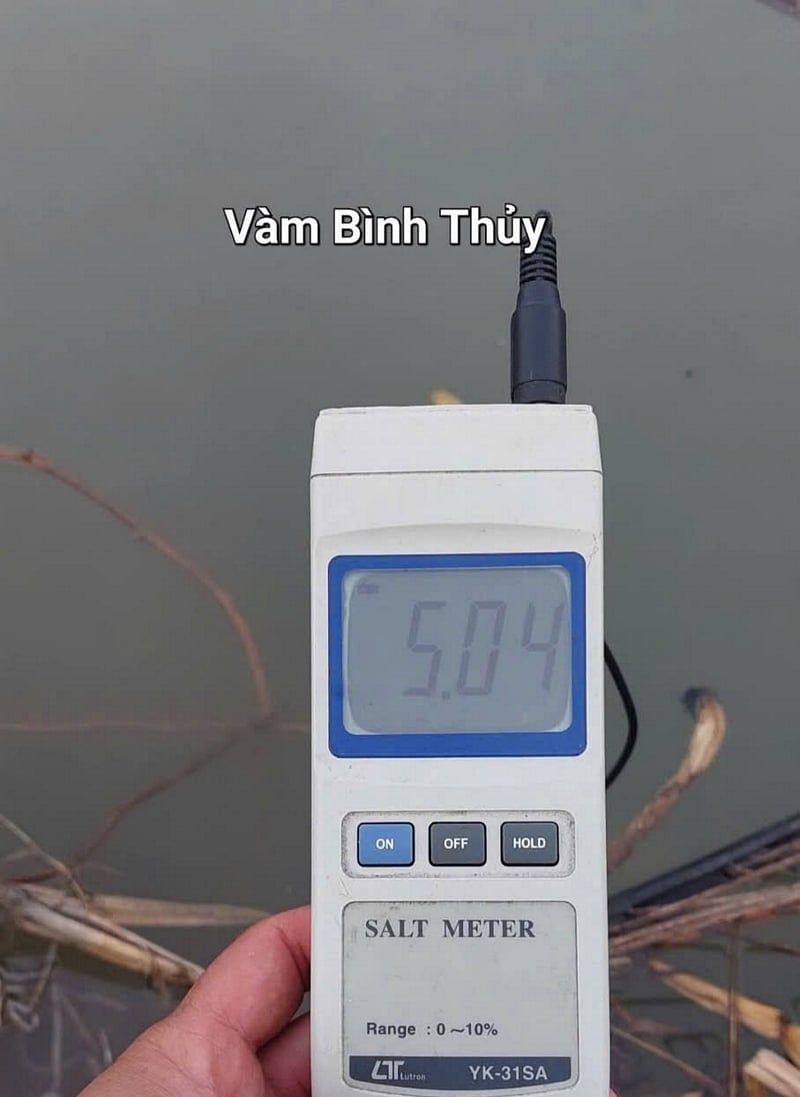 |
| It is forecasted that in the coming time, the saline intrusion situation in the province will continue to be complicated and unpredictable. |
* Given the above predictions, what advice and warnings do you have for the government and the people?
- Faced with the reality that drought and saltwater intrusion in the dry season every year and directly in the dry season of 2025 will be severe and will last until May, although we have experience in coping as well as effective saltwater prevention and freshwater storage projects, we cannot be subjective. If there is a severe shortage of fresh water from upstream combined with the tide, high saltwater intrusion will reach areas that were previously only slightly affected, causing great and unexpected damage. Therefore, we recommend that authorities at all levels and people need to be well prepared, comply with recommendations and forecasts of competent authorities, closely coordinate between agencies operating irrigation works, supplying domestic water and people need to consult the salinity before using water.
* Thank you!
THAO LY (performed)
Source: https://baovinhlong.vn/tin-moi/202502/phong-van-xam-nhap-man-con-dien-bien-phuc-tap-kho-luong-9430bc9/








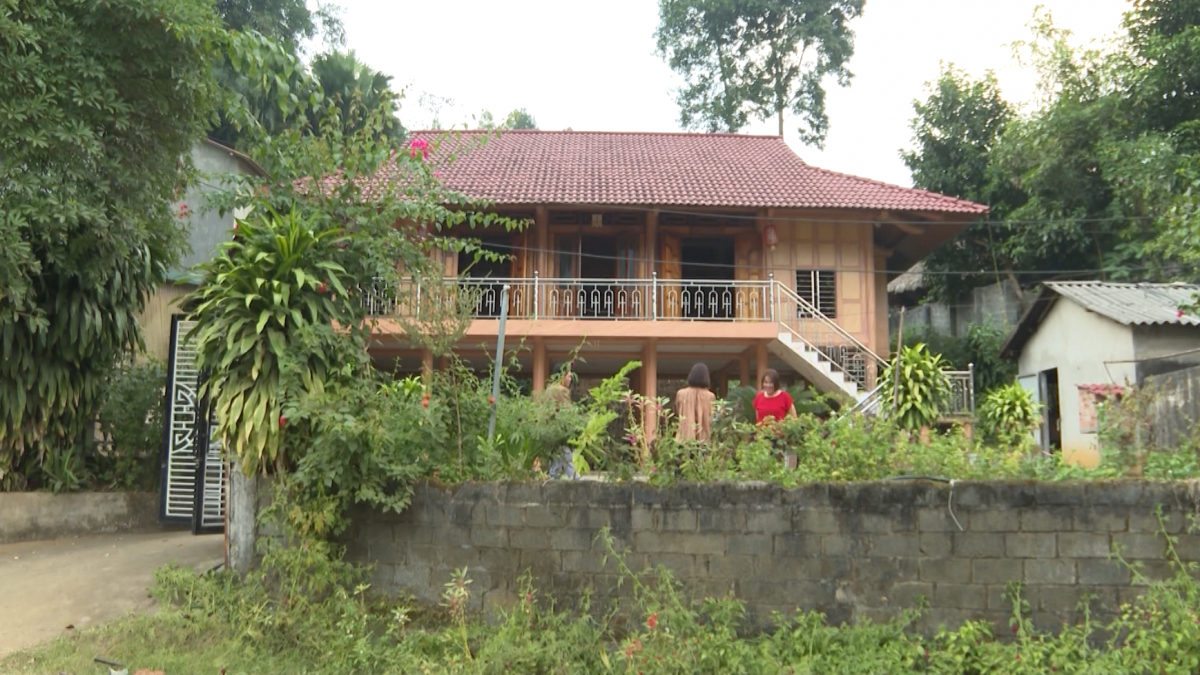


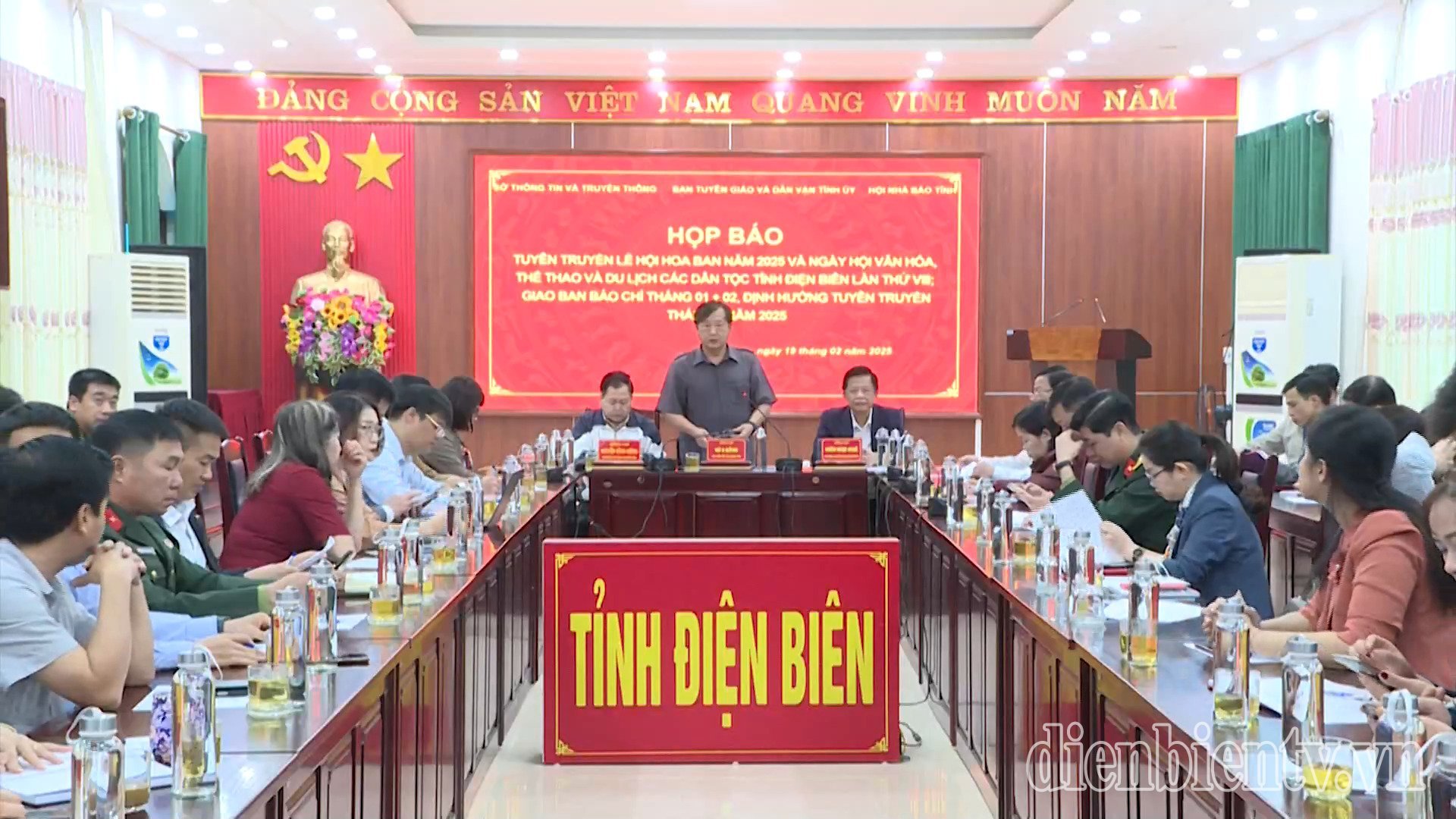






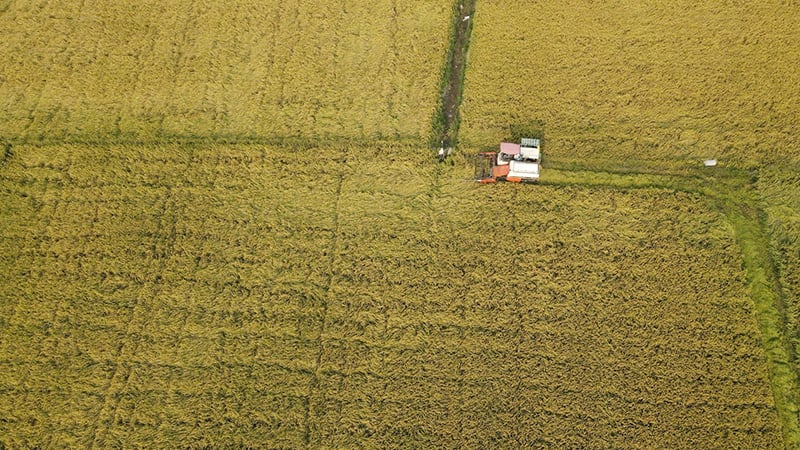
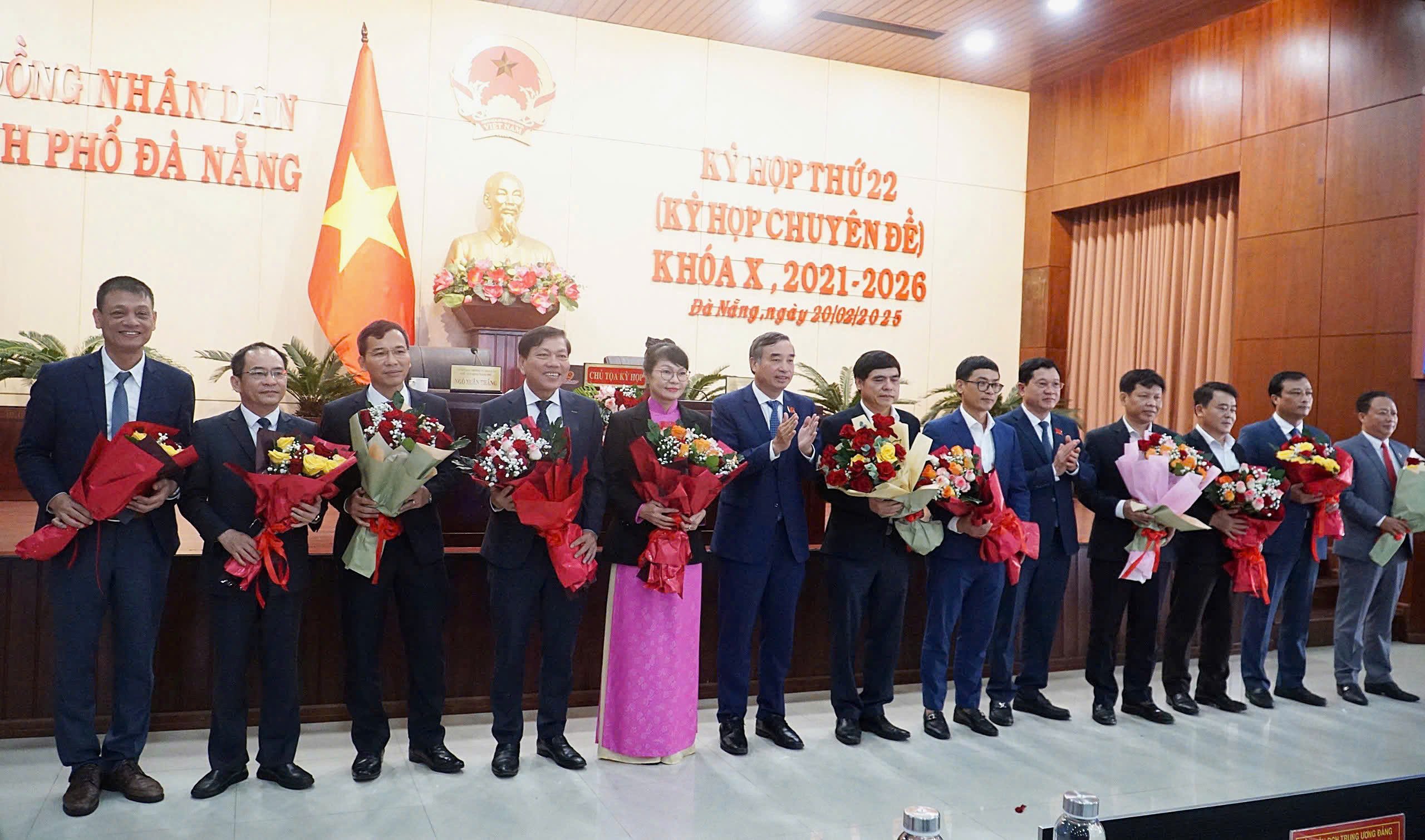
















Comment (0)